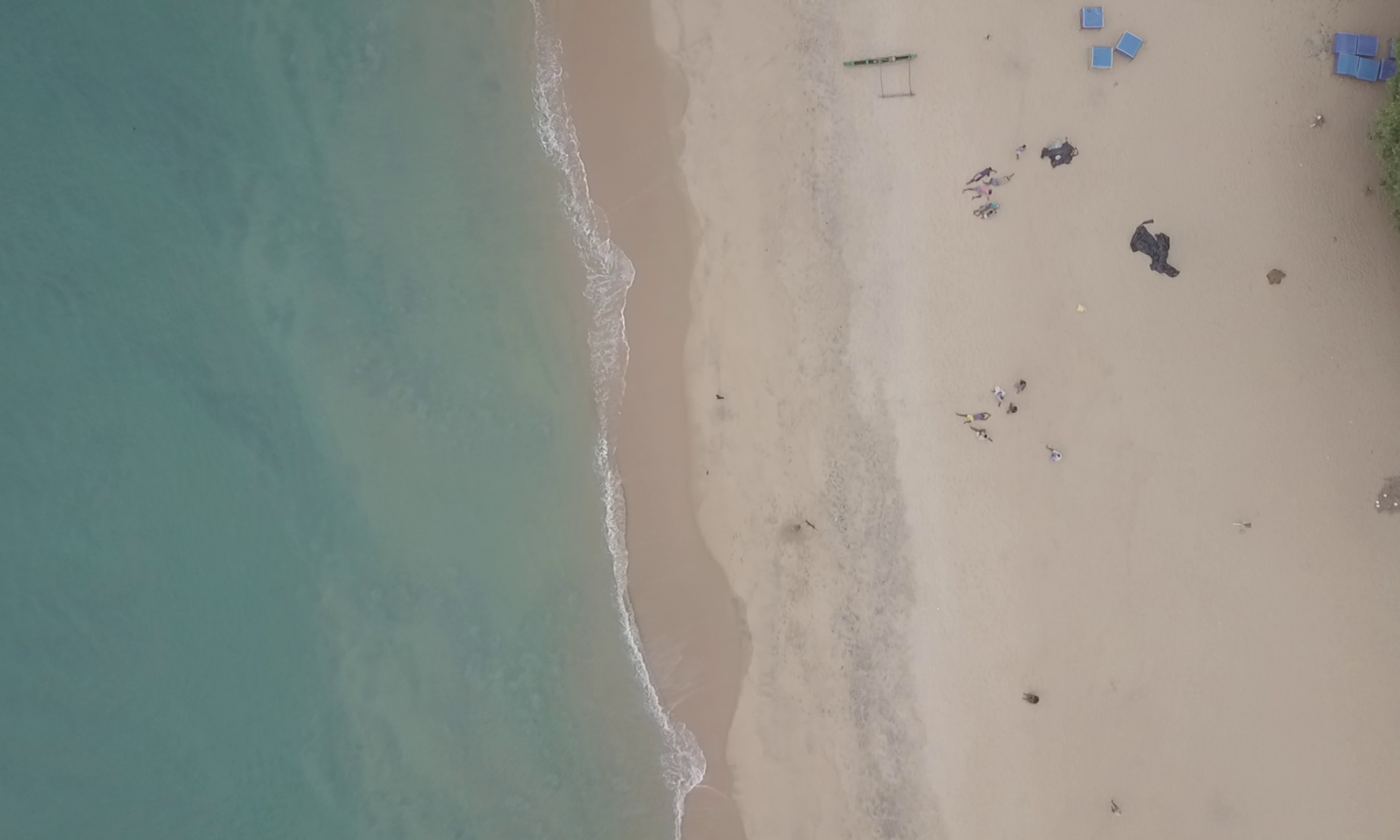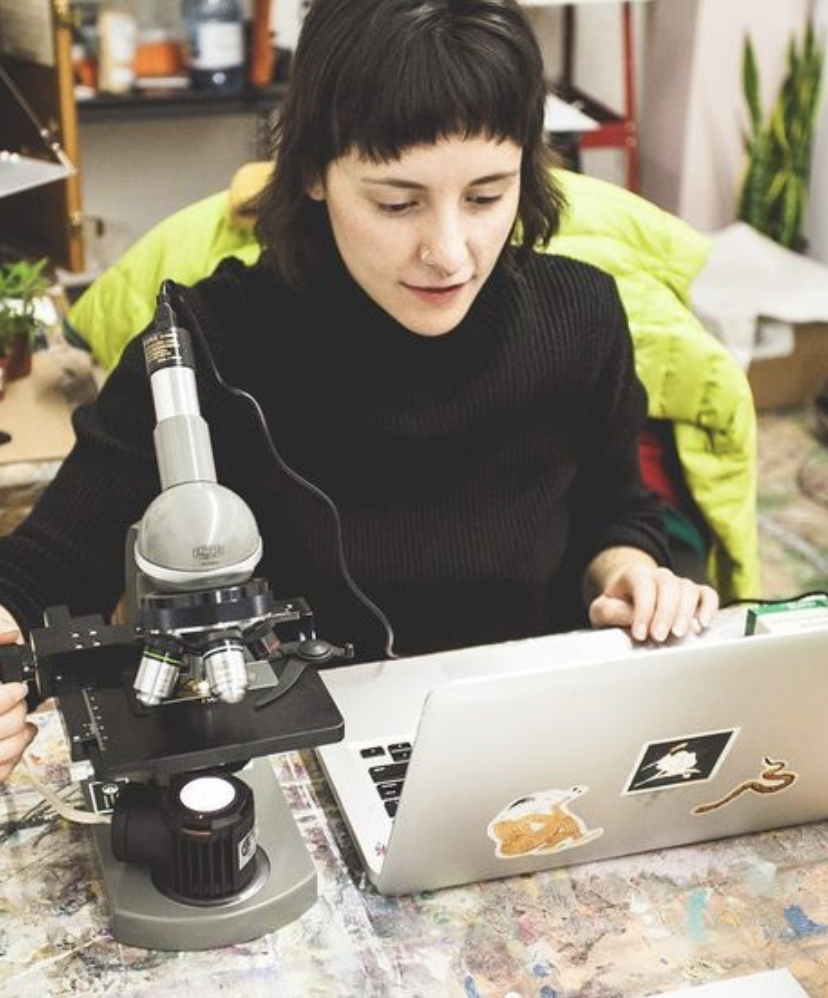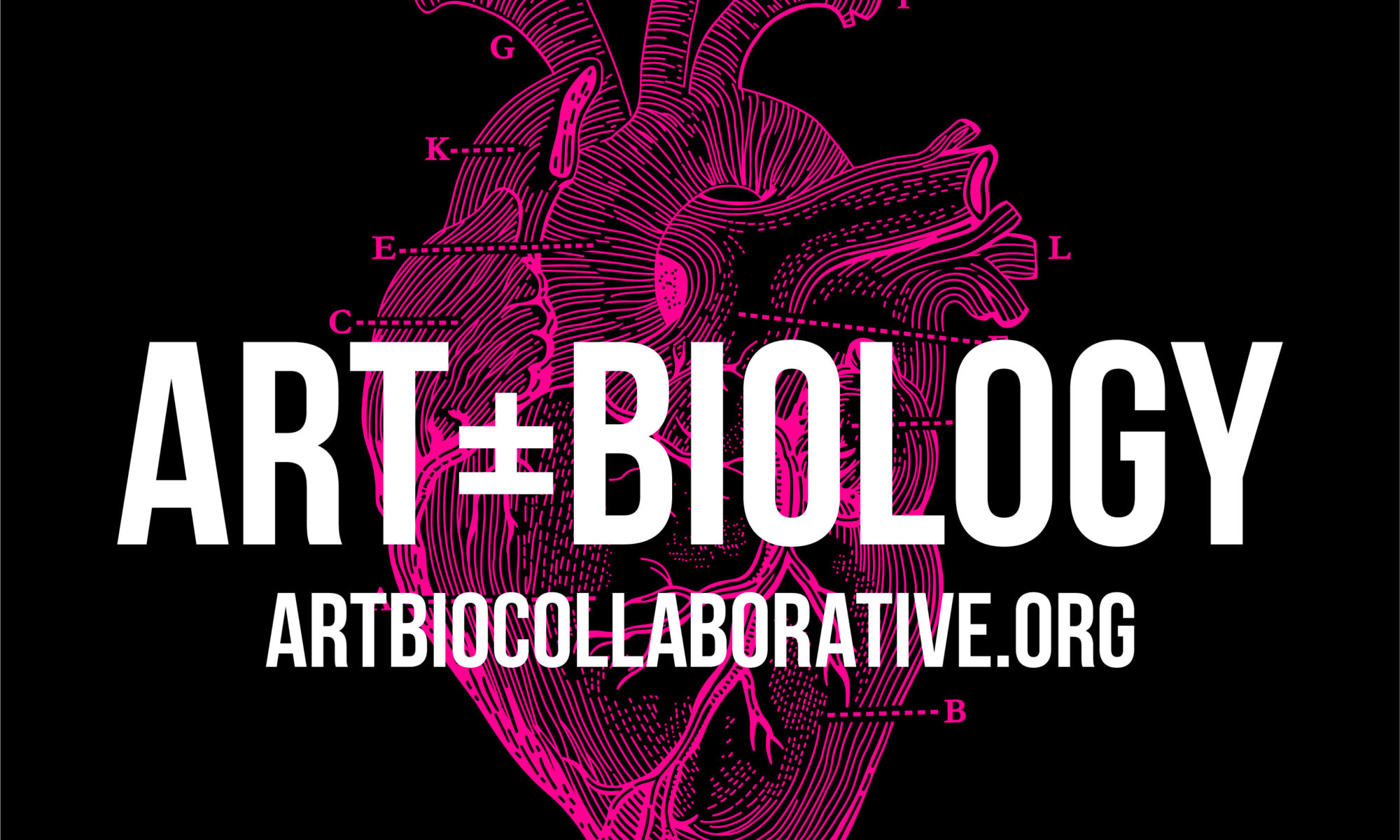
Dr Betty Sargeant is a multi-award-winning, internationally recognised media artist. She is co-creative director and artist with the art-technology duo PluginHUMAN. Betty creates multi-sensory immersive art installations that socially and physically engage audiences.
Betty has exhibited internationally (Asia, Europe, North America, Australia). She has won Good Design Awards (2020 and 2018) and a Premier’s Design Award (2017) for her progressive artworks. She was the Melbourne Knowledge Fellow (2016), was artist-in-residence at the Exertion Games Lab, RMIT University (2017-19); and was creator-in-residence at the Asia Culture Centre (South Korea, 2016-17). Betty’s PhD was ranked top three at the CHASS Prize (2015). Her CV is available on LinkedIn. She has academic publications and regularly speaks at public events. In 2019 Betty represented Australia in a federal government cultural delegation to India focusing on partnership building and future collaborations (Department of Foreign Affairs and Trade and Asialink 2019).
Betty has created media art installations for institutions such as the National Taiwan Museum of Fine Arts (Taiwan, 2018), Questacon (the National Science and Technology Museum, Australia, 2018) and the Asia Culture Centre (South Korea, 2016 & 2017).



















